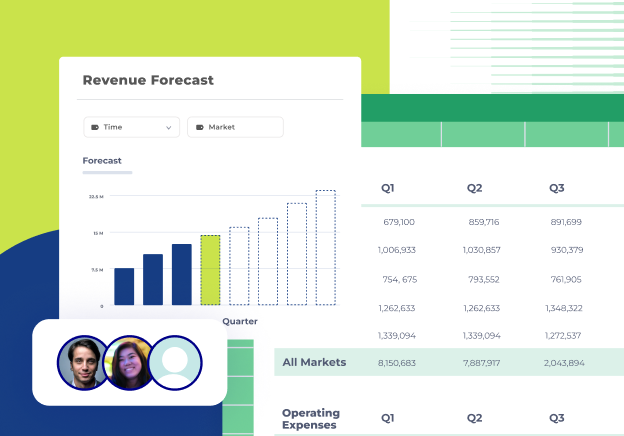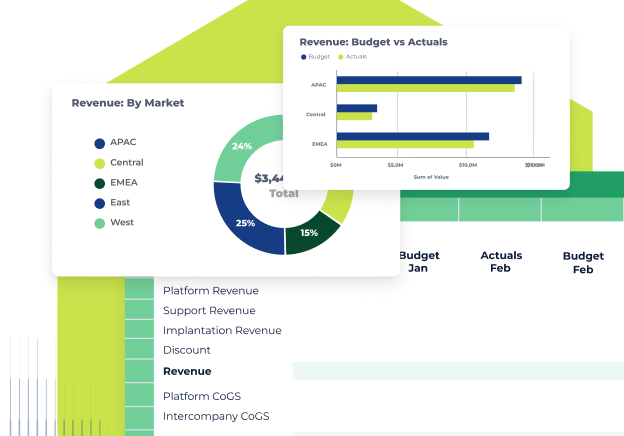1. Showcase value.
Transform simple entries like 'Quarterly Review' into 'Q1 Review - Assess Marketing ROI'. This specificity highlights financial priorities and outcomes, which is essential for finance pros. It isn't just about tracking time, but about demonstrating meticulous oversight and an understanding of where every dollar is directed. A well-articulated calendar boosts stakeholder confidence, showing that every financial decision is backed by thoughtful planning.
2. Prepare for plans to change.
Allocate a few "open" slots or blocks in your calendar dedicated to unplanned adjustments or unexpected events. These act as safety nets, allowing you to accommodate last-minute changes, emergencies, or unforeseen opportunities. Having these dynamic blocks saves you from having to overhaul the entire calendar when the unexpected happens. When gearing up for the budgeting process, this means being ready to pivot or re-evaluate without derailing the whole timeline.
3. Reverse engineer deadlines.
Instead of plotting out tasks leading to a budgeting milestone, start with the final milestone (e.g., "Final Budget Submission") and work backwards on your planning calendar. Allocate time slots to review each section of the budget and integrate feedback. This method provides a clearer picture of dependencies and potential bottlenecks. It also serves as a reality check, ensuring you have enough buffer time and aren't overly optimistic about the time needed for each phase. | 





.png)









.png)
.png?upscale=true&upscale=true&width=560&name=Untitled%20design%20(5).png)

-1.png?upscale=true&upscale=true&width=245&name=Sales%20Quota%20Capacity%20(1)-1.png)


